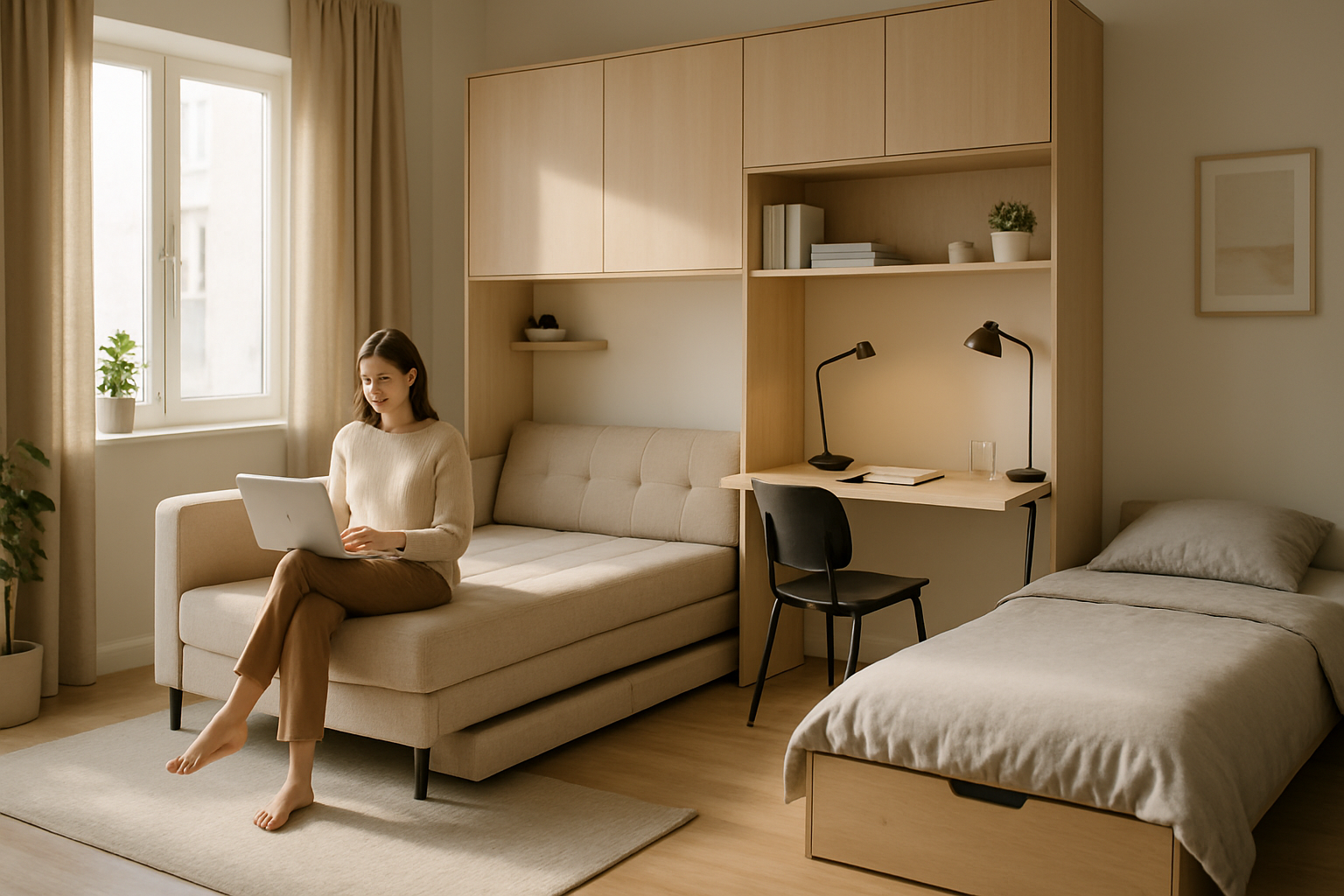Room Divider Ideas for Apartments and Small Spaces
A room divider can transform how a limited square footage feels and functions, offering privacy, defined zones, and stylistic cohesion without major renovation. Whether you live in an apartment, need a dedicated home office, or want to refresh your interior design, choosing the right divider helps balance openness, light, and practicality while fitting landlord rules and your daily routines.

How can a room divider enhance interior design?
A thoughtfully selected room divider becomes a design element rather than just a screen. It can introduce texture, color, or pattern to coordinate with existing furnishings and create a focal point. Consider materials—wood for warmth, metal for an industrial edge, or glass for a light, airy feel. Dividers that incorporate shelving or plants add depth and visual interest while allowing the rest of the room’s palette to show around and through them, preserving a sense of cohesion across zones.
What room dividers work best in a small space?
In a small space, scale and transparency matter. Low-profile bookcases, folding screens, sliding panels, and sheer curtains offer separation without closing off light. Choose slim or multi-functional pieces—shelving that doubles as storage, or a screen with integrated hooks—to maximize utility. Transparent or translucent materials like frosted glass or thin lattice maintain brightness. Keep circulation paths clear and avoid oversized, heavy pieces that make the room feel boxed in; lighter, mobile options help you reconfigure areas as needs change.
Which room dividers are suitable for an apartment?
Apartment-friendly dividers prioritize non-permanent installation and minimal wall damage. Freestanding solutions—folding screens, portable shelving, tension-rod curtains, and decorative panels—require no drilling and can be removed at move-out. For renters seeking a more built-in look, pressure-mounted room dividers or modular partition systems offer stability without permanent changes. Always check lease rules before attaching hardware, and consider noise and light transfer: fabric or layered panels provide more acoustic dampening than single-pane glass.
Can a room divider create an effective home office?
A room divider can carve out a focused home office by providing visual privacy and reducing distractions. Choose a divider that allows light in but blocks direct sightlines—frosted panels, perforated screens, or tall shelving with plants work well. Integrate cable routing, surface space for monitors, and storage to keep the workspace tidy. Pay attention to acoustics; adding soft materials (rugs, curtains, upholstered panels) and positioning a divider between the desk and common areas will help reduce background noise and improve concentration during calls.
How to choose materials and styles for durability and function?
Material selection balances aesthetics with maintenance and longevity. Wood provides warmth and durability but may need sealing in humid environments; metal is sturdy and slim but can look cold if not paired with softer elements. Fabrics and woven screens are lightweight and inexpensive, though they may require regular cleaning. Consider modular systems if you anticipate changing layout needs. Test stability for tall or heavy dividers, especially in homes with children or pets. Factor in assembly, transportability, and whether the piece will serve multiple functions like storage or display.
Conclusion
Room dividers give small spaces flexible utility: they can zone a studio apartment, define a home office, or enrich interior design without a full remodel. The best choice depends on scale, light, landlord constraints, and whether you need temporary or permanent separation. By prioritizing materials, transparency, and multi-functionality, you can create distinct areas that feel intentional and comfortable while preserving openness and natural light. Consider local services or modular retailers if you prefer professional installation or tailored solutions for unusual layouts.






